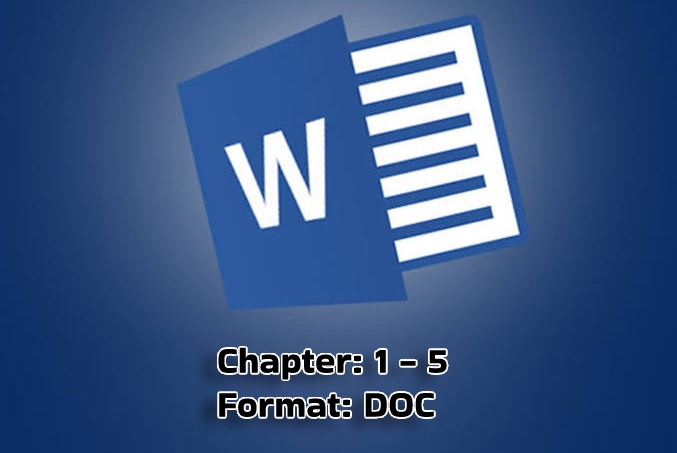Description
CHAPTER ONE
1.0 INTRODUCTION
A tile is a manufactured pieces of hard wearing materials such as
ceramic, stone, metal used as a finishing floor and walls or other object
such as table top used as ornamentals that add beauty to the surface
applied either in buildings, offices and so on. Another category is the
ceiling tile, made from light weight materials such as wood and mineral
wool.
Tiles are used to form wall and floor coverings and can range from
single square tiles to complete mosaic. Tiles are most often from ceramics,
with a raft glazed finished, and also same other materials which are
available such as glass, marble, granites, slates and reformed ceramic
slurry which is cost in a mould and fired.
In the past 20years, the technology surrounding porcelain and glass
tiles had become more efficient, allowing for mass production. Similarly
the invention automated tile line that used diamond, to cut and finished
stone slabs into tiles has made stone tile more available. This is in term as
allowed these tiles to move from beings riche items into broader markets.
The ceramic tile demand index has shown a growth of 55% annually
for the year 2000-2005 periods. The OSAN world demand for finished
granite index has shown a growth of 14% annually for the year 2000-2005
periods. Hence, OS market for ceramic is about 3billion.
1.1 AIMS AND OBJECTIVES
The main aim of the project is to remodelling the conference room
using tiles as the floor finishing and with the following objectives.
To improve the floor surface finishing by laying tile on the floor.
To carry out investigation on various type of tiles which are available
for used.
To provide the bill of quantities floor tiles construction with
estimation of each materials used.
To know the various methods involved in laying floor tiles.
Also to know various materials, equipment and tools used in floor
tiles construction.
1.2 SCOPE OF STUDY
This project entails the production of bill of quantities and construction
of offices floor tiles and the processes of construction of floor tiles
finishing.
– To allow for routine maintaining of a floor surface
– To improve the floor surface damp proofness

